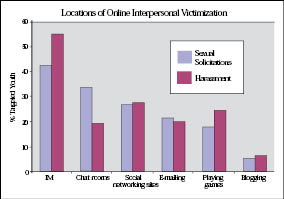RAND
Available at http://www.rand.org/pubs/research_briefs/2008/RAND_RB9321.pdf
Public health campaigns to reduce teen smoking have shown positive results in recent years, particularly those that are part of a comprehensive initiative that includes taxes on tobacco products, curriculum-based school programs, smoking cessation services and grassroots activism.
 |
However, no interventions have specifically targeted working teens, despite studies that show that the more hours teens work, the higher their rate of substance use. And while scientists have studied teen smoking within the context of families, neighborhoods, school environments and peer groups, employment has not been investigated as a risk factor, according to this report.
Until now.
RAND researcher Rajeev Ramchand examined the correlation between employment and smoking in a longitudinal dataset that tracked nearly 800 predominantly African-American teens from first through 12th grades in the Baltimore public school system.
Ramchand found that smoking rates were higher among teens who were working for pay around the time of their sophomore year. By that year (year 10 of the study), about one-quarter of the teens were working for pay, and 13 percent of those youth smoked.
One year later, nearly four in 10 were employed, mostly as babysitters, fast food restaurant employees or retail clerks. Tobacco use among the workers had increased to 17 percent.
Even after adjusting for other factors known to influence teen smoking behavior, the study found that teens who smoked and worked more than 10 hours a week tended to have started smoking at younger ages than those who worked fewer hours or did not work. In addition, teens who had not used tobacco by grade 10, but who started working around that time, were at least three times more likely to begin smoking than were teens who did not begin working around their sophomore year.
Ramchand theorized that teen workers begin smoking for several reasons, including:
• Seeing smoking as a way to take a break from job duties, particularly if teens are exposed to older workers accustomed to cigarette breaks.
• Having money to spend on cigarettes.
• Seeking relief from the stress of balancing work and school responsibilities.
The study urges policymakers to add workplace smoking prevention and anti-smoking policies to the list of tools used by comprehensive anti-tobacco campaigns that target youth.
The full study was published in the November 2007 issue of the American Journal of Public Health.

























